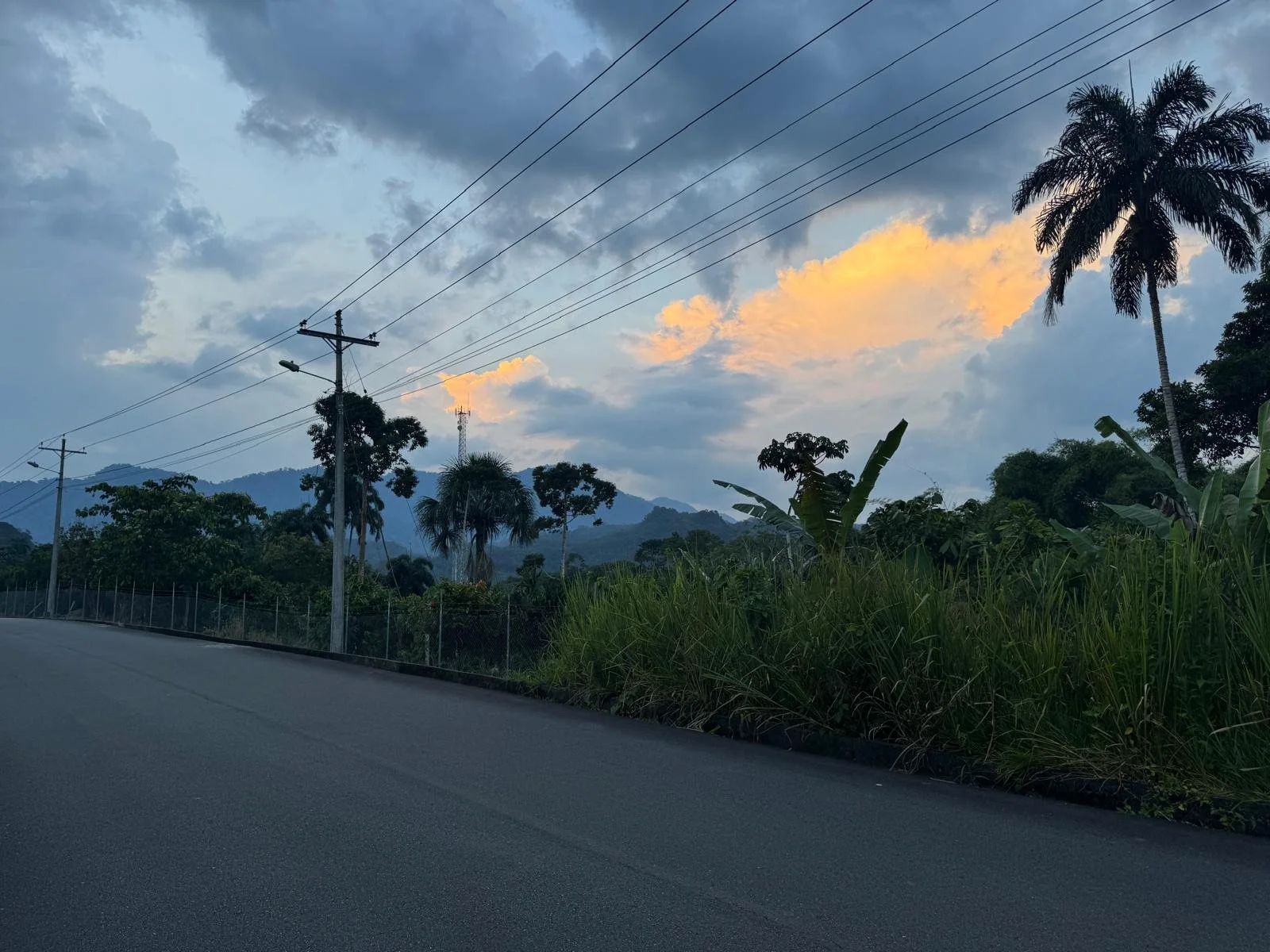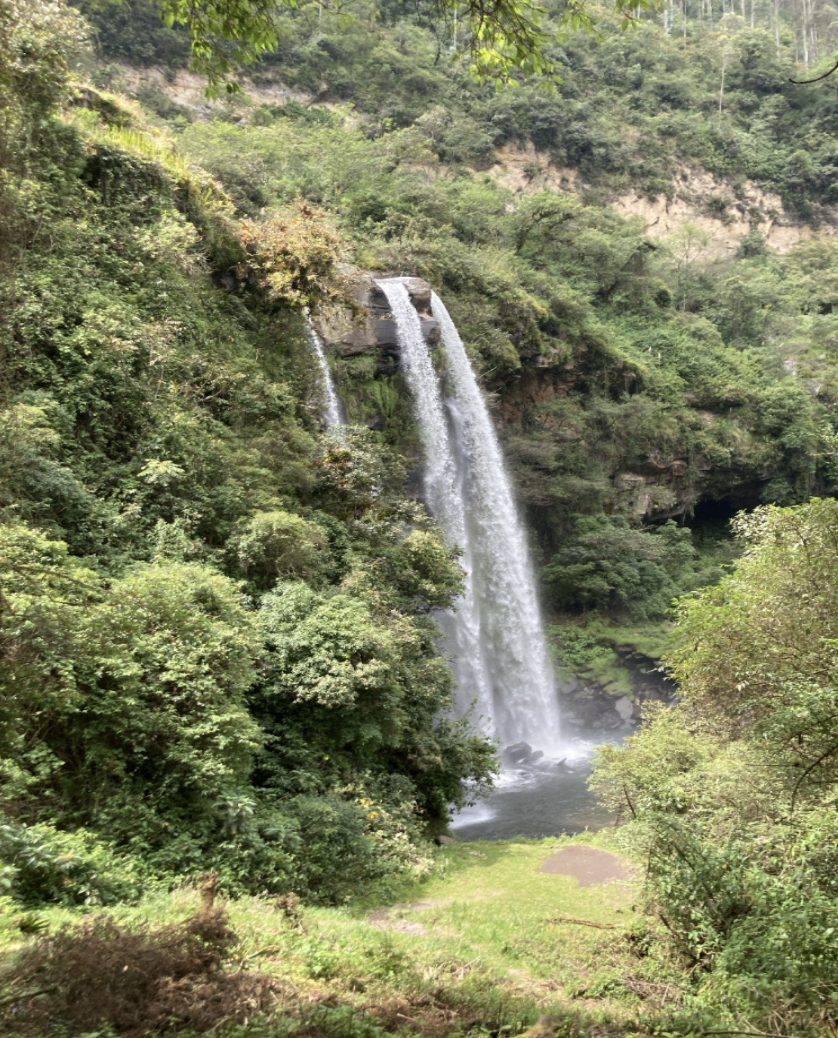By: Ye Oo
As the first recipient of the Manna Project International’s Amaguaña Social Service Scholarship, I had the pleasure of volunteering in Ecuador as a program director. This leadership position gave me the opportunity to expand on my personal, professional, and cultural development.
During my time volunteering abroad, I was truly inspired by the community and the other volunteers to make an impact, even if it is as little as showing up and remembering names. I enjoyed teaching English to the community members who attended classes at the Manna Centro site in Ecuador. Seeing the student’s determination to learn a foreign language made teaching a more memorable experience, while also experiencing what it was like to learn a foreign language myself. As someone who had never taught a formal class before volunteering in Ecuador, there were some anxieties and challenges at the start. As time went by, I learned what works best from the feedback of the students and assistance of the local volunteers.
With my time abroad, I was able to gain the global citizen outlook by exchanging language, culture, and lifestyle with the locals. This experience allowed me to become more open and extroverted, which positively benefited me in the long run. I am very grateful for all the friends I met locally and volunteered with, who made my experience abroad a brighter one.
My biggest takeaway from this whole experience is to never give up. From the challenges of leaving the United States during a global pandemic, to adapting to the changes of living in a new environment, I was able to find resilience through it all. Without a positive attitude, a few great friends, and the determination to make an impact, it would not have been possible to have had a good experience abroad. There will be difficult times and there will be great times, but it is important to take the good with the bad because it reminds us to appreciate how fortunate we are to have the opportunity and privilege to help those in other countries. I want to thank MPI for giving me this opportunity, and I look forward to having more opportunities like these in the future.
















